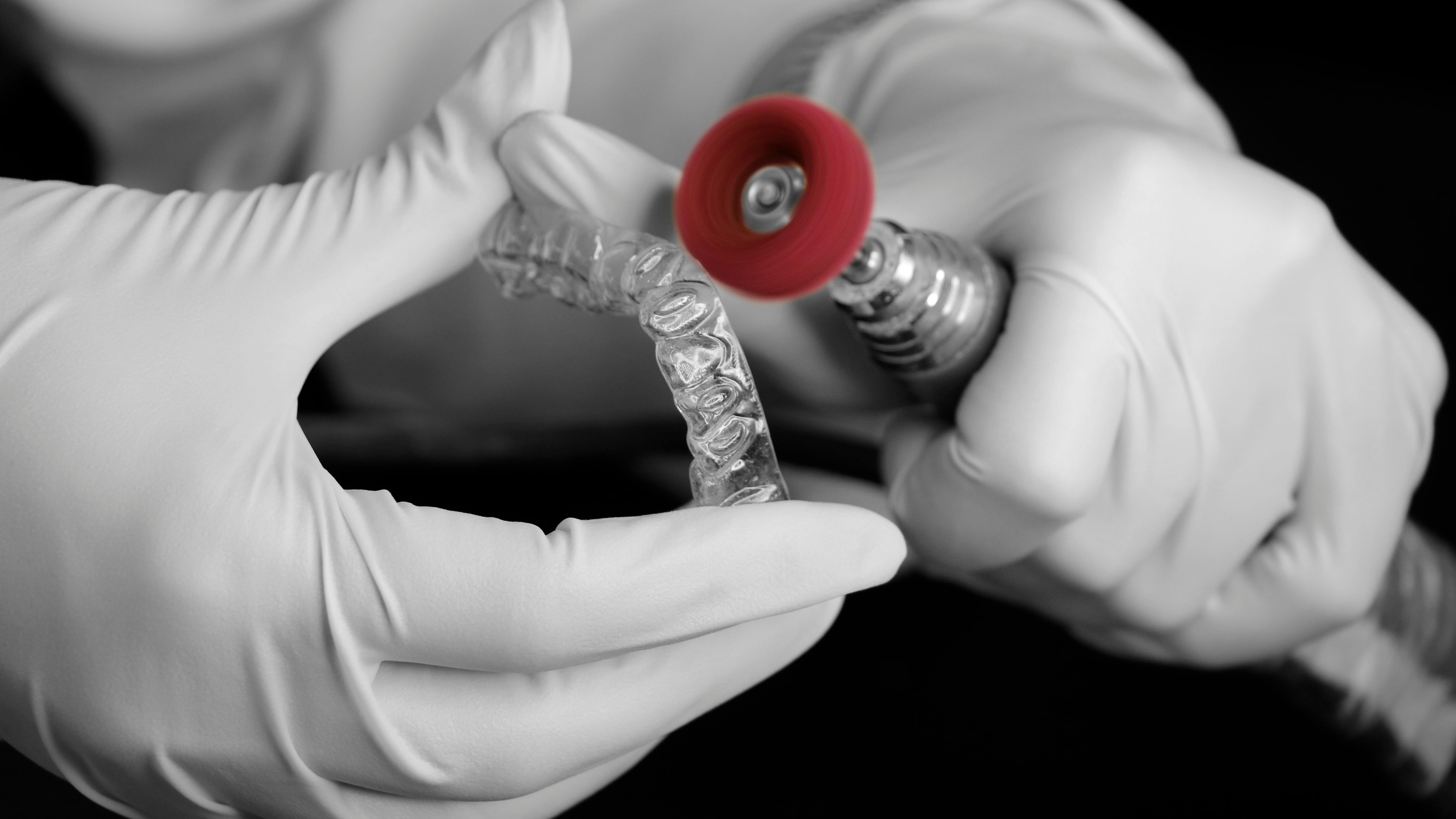
Retainers: How it works, types, cost, care and uses
Hurray!!! Today marks the end of your smile journey with Alignify32. Your teeth are perfectly aligned, your smile is ready to shine, and your bite is just right. You feel a sense of relief and excitement. In your mind, it's the smile you've always envisioned throughout your orthodontic treatment. As you’re about to leave your dentist’s office, they remind you of the final phase of your treatment – the retainers, which you had completely forgotten about. After completing your Aligners or braces, your orthodontist will prescribe either a retainer or a fixed retainer. But what exactly is it for?
Your dentist has already provided you with all the details about retainers. Now, back at home, you're gearing up for this crucial next step in your journey.
What is Dental Retainer?
As the name suggests, a dental retainer “retains” the new positions of your teeth after your braces or Aligners have worked their magic.
Wearing a dental retainer after any orthodontic treatment is a crucial step, as it helps keep your teeth stable in their newly aligned positions. To ensure that your teeth stay in their ideal arrangement, it's important to follow your orthodontist's instructions for wearing the retainer – as recommended by your Alignify32 Provider.
Difference between Retainers & Aligners?
Retainers and Aligners both play key roles in orthodontic treatment, but they serve very different purposes:
- Retainers: After your Aligners or braces have worked to align your teeth, retainers are used to maintain the new positions and prevent any shifting. They help ensure that your teeth stay in their ideal arrangement once the treatment is completed.
- Aligners: These are clear, invisible braces that gradually move misaligned or spaced teeth into the desired positions. They are worn throughout the course of your orthodontic treatment to achieve the ideal alignment.
Why do you have to wear a dental retainer?
- After completing orthodontic treatment with aligners or braces, your teeth may still be at risk of shifting. This is because the surrounding bone and tissues have not yet fully matured and remain soft. Without a retainer, your teeth may gradually move back to their original positions, undoing the progress made during treatment.
- This unwanted shifting of teeth is known as relapse. Relapse occurs when the corrections achieved through orthodontic treatment are lost due to insufficient retention. The teeth naturally try to return to their original positions, especially in the first few months after treatment.
- To prevent relapse, wearing a retainer as prescribed by your orthodontist is crucial. Retainers help stabilize the teeth in their corrected positions while allowing the surrounding bone and tissues to fully develop and harden. This stabilization process is essential for long-term success.
- There are different types of retainers, including removable and fixed options. Your orthodontist will recommend the best type based on your specific needs. Some patients may need to wear their retainers full-time initially before transitioning to nighttime use for lifelong maintenance.
- Consistency is key when it comes to wearing your retainer. Following your orthodontist’s instructions on duration and care will help preserve the results of your treatment. Proper retainer use ensures that your beautiful, straight smile remains intact for years to come.
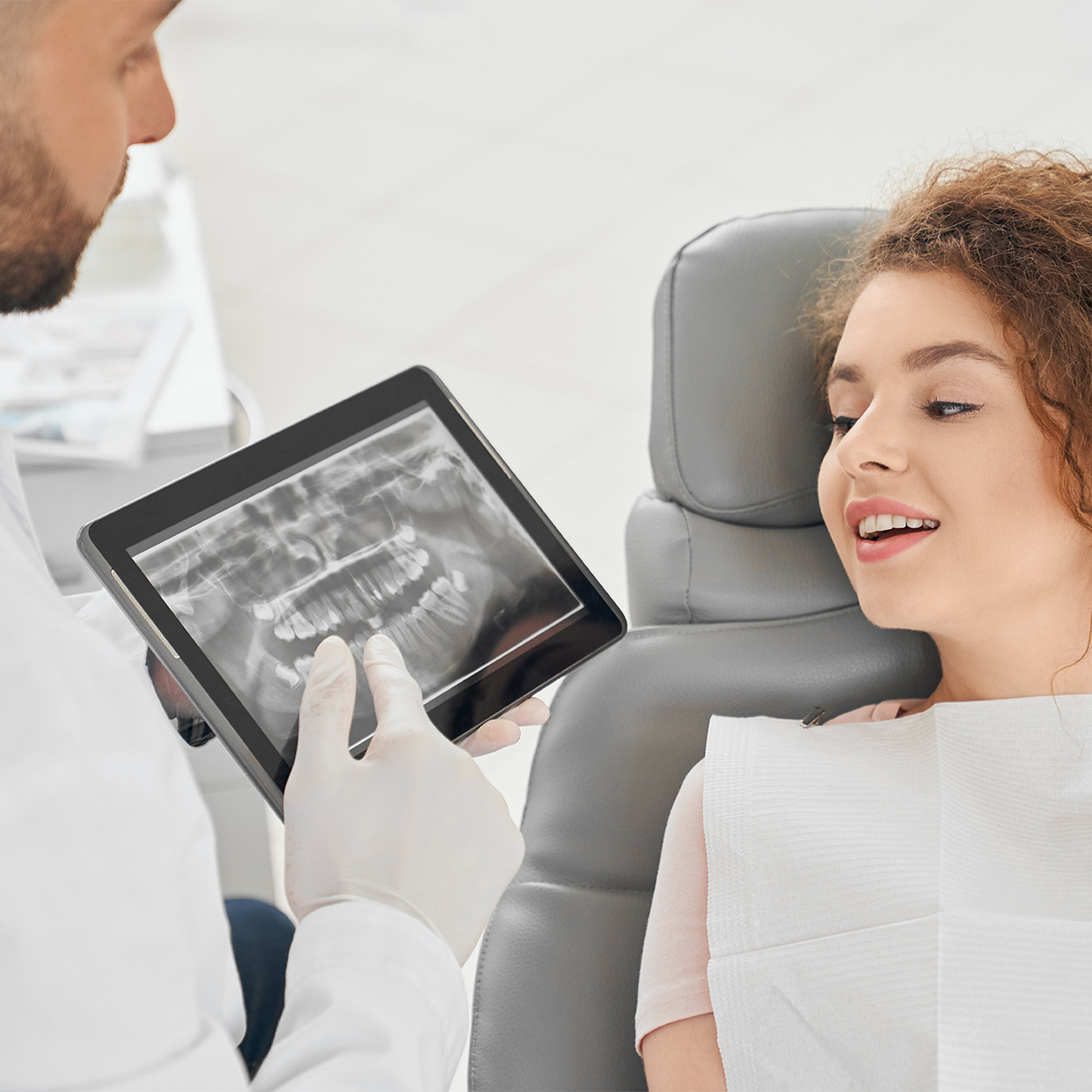
Types of Retainers
There are two main types of dental retainers, categorized based on their nature and use:
- Permanent Retainers (Fixed Retainers)
- Removable Retainers
Permanent Retainers (Fixed Retainer)
A permanent retainer consists of a thin wire that is bonded to the back of your upper and/or lower front teeth. It serves as a long-term solution to maintain teeth alignment after completing orthodontic treatment.
The wire is securely attached using a strong dental bonding material, preventing teeth from shifting back to their original position. Since it is placed behind the teeth, it remains discreet and does not affect your smile’s appearance.
Permanent retainers are often referred to as lingual retainers because they are positioned on the tongue-side (lingual side) of the teeth. This placement ensures they do not interfere with regular speaking or eating habits.
Your Alignify32 Provider may recommend a fixed retainer if there is a significant risk of teeth shifting after treatment. Fixed retainers are particularly beneficial for patients with severe misalignment before treatment.
In some cases, a fixed retainer may be required for a lifetime to maintain perfect alignment. Regular dental checkups and proper oral hygiene are essential to ensure the retainer stays clean and effective in preserving your smile.
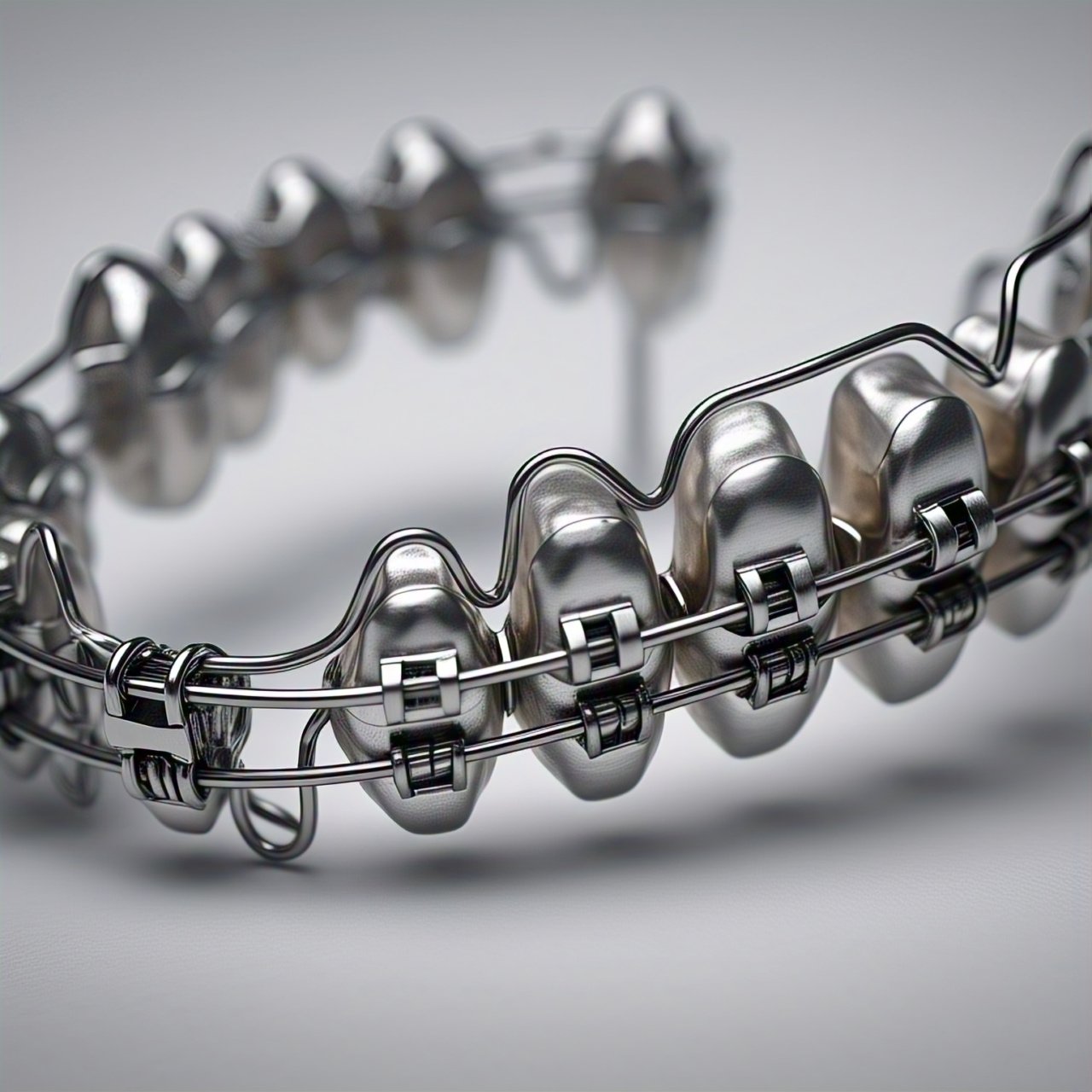
Removable Retainer
As the name suggests, removable retainers can be taken out and put back in as needed. These are more flexible than fixed retainers and come in two main types, based on their design and materials:
HAWLEY RETAINER
The Hawley Retainer is a widely used removable retainer designed to maintain teeth alignment after orthodontic treatment. It consists of a durable plastic or acrylic plate that fits comfortably in the roof of your mouth or along the lower jaw.
A thin metal wire runs across the front of the teeth, helping to keep them in their corrected position. This wire is carefully shaped and adjusted to ensure a secure yet comfortable fit while allowing for minor adjustments if needed.
One of the main benefits of the Hawley Retainer is its durability. Unlike clear plastic retainers, which may wear out over time, this retainer is built to last and can be adjusted by your orthodontist if necessary.
Since the Hawley Retainer is removable, it allows for better oral hygiene compared to permanent retainers. You can take it out while eating, brushing, and flossing, reducing the risk of plaque buildup and maintaining a healthier smile.
Each Hawley Retainer is custom-made to fit your teeth precisely. Regular use, combined with proper cleaning and storage, ensures that your smile remains straight and well-aligned for years to come.
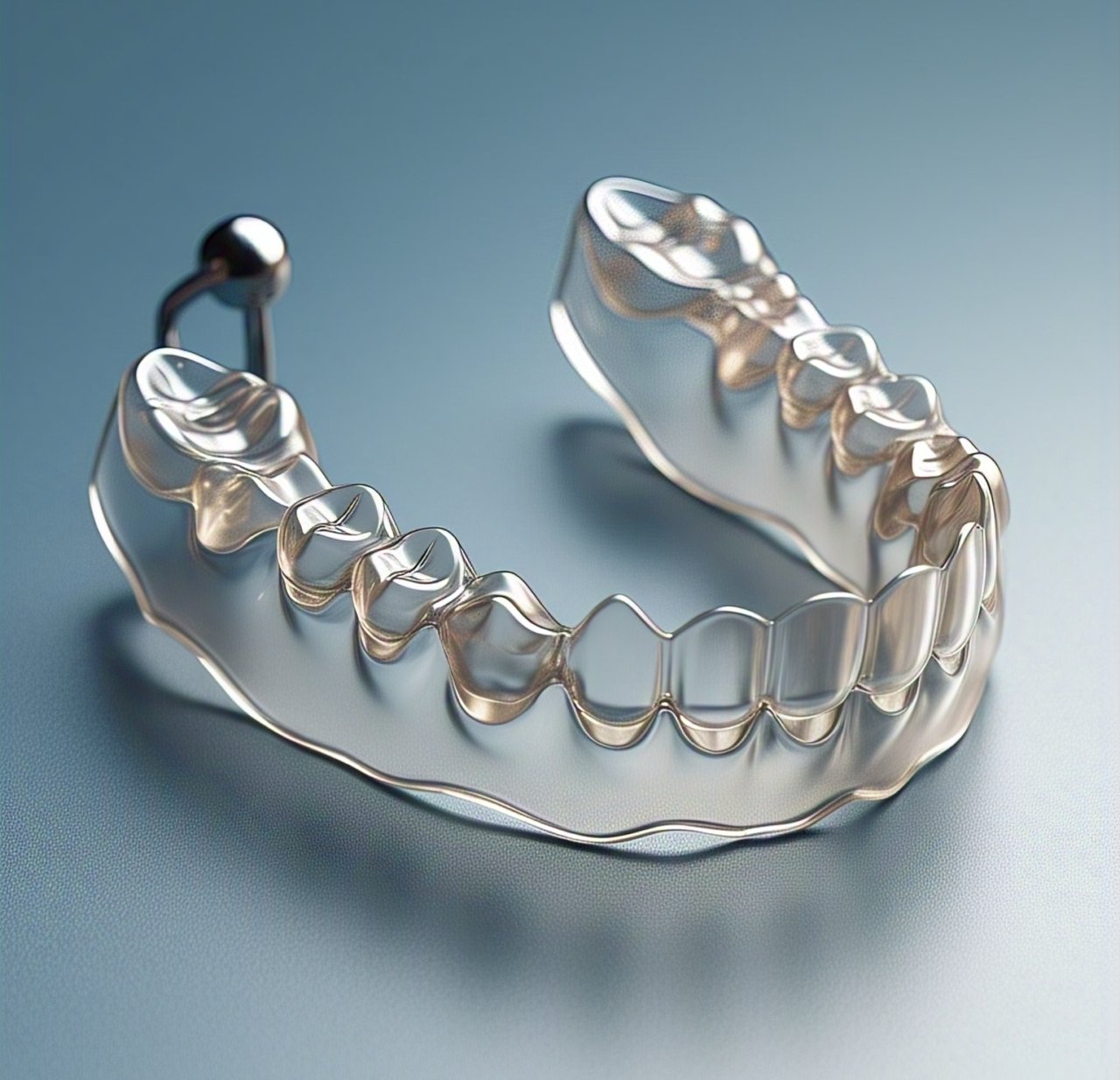
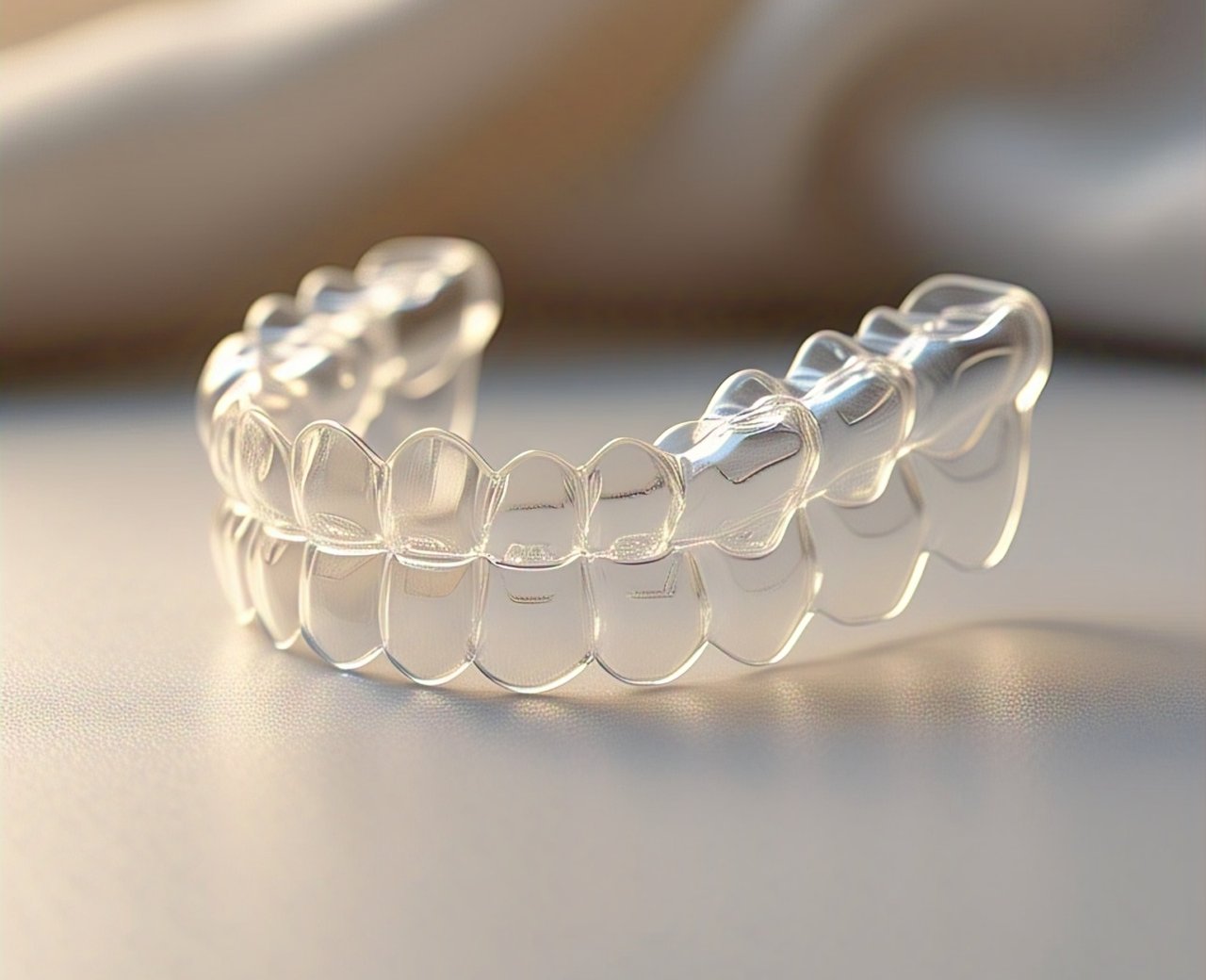
CLEAR RETAINER
Clear retainers are made from a durable, transparent plastic material designed to fit snugly over your teeth. They are custom-made to match the shape of your teeth and prevent any unwanted movement after orthodontic treatment.
Unlike aligners, clear retainers are slightly thicker and do not apply pressure to shift teeth. Their primary purpose is to hold your teeth in their final position, ensuring long-term stability and preventing relapse.
One of the biggest advantages of clear retainers is their discreet appearance. Since they are virtually invisible, they provide a seamless way to maintain your smile without drawing attention to your orthodontic treatment.
Clear retainers are removable, making it easier to maintain proper oral hygiene. You can take them out while eating, drinking, and brushing, reducing the risk of plaque buildup and ensuring a cleaner, healthier mouth.
To maximize the lifespan of your clear retainers, proper care is essential. Regular cleaning, storing them in a protective case, and avoiding exposure to heat will help keep them in good condition for long-term use.
In conclusion, whether you choose a permanent or removable retainer, both types play a vital role in preserving the results of your orthodontic treatment. Your orthodontist will guide you in selecting the best option based on your specific needs and long-term goals.
How much does a dental retainer cost?
The cost of a dental retainer typically ranges from $100 to $150, although prices can vary significantly from country to country. It’s important to consult with your orthodontist for a specific price quotation, as the cost may vary depending on your unique case. Be sure to ask how much they will charge for the retainer, and whether that price covers one arch (upper or lower) or both arches if needed.
Factors that influence the cost of dental retainers include:
- Country and Currency Exchange: Different countries have varying exchange rates that affect pricing.
- Type of Retainer: Fixed retainers tend to be more expensive than removable ones. The material used (e.g., transparent plastic tray or hard plastic with metal wire) also impacts cost.
- Orthodontist's Practice: Some orthodontists may include the cost of the retainer in the overall orthodontic treatment package, while others charge separately. It’s worth asking if an extra set is available, especially in case of loss or damage. Many patients prefer to have two sets of removable retainers to avoid unforeseen issues.
- Laboratory Costs: Reputable labs that manufacture custom retainers may charge higher fees.
- Clinic Location: The location of your dental clinic or whether it’s a hospital or private practice can influence the price.
- Orthodontist's Experience: An experienced orthodontist may charge higher fees.
- Dental Insurance: Some insurance policies may cover the cost of a retainer, so it’s always worth checking with your insurance company.
- Follow-Up Visits: Additional visits for retainer adjustments or replacement may incur extra costs.
Some companies that offer invisible aligners may charge separately for retainers, and others may only include a single pair. However, Alignify32 provides two pairs of removable retainers at no extra cost as part of their treatment plan, offering a more budget-friendly option for patients. If you need a third set of retainers, you may be charged for it, and your orthodontist will inform you of the price.
How much are Fixed Retainers?
Fixed retainers, also known as permanent retainers, are attached to your teeth by your orthodontist and cannot be removed by yourself. Due to the complexity of placement and the materials used, they tend to be more expensive than removable retainers. The cost for fixed retainers typically ranges from $120 to $200 per arch, but, as with removable retainers, the final price will depend on factors such as location, the orthodontist’s fees, and the type of material used.
Dental Retainer Cost in Pakistan
In Pakistan, the cost of dental retainers typically ranges from RS. 1,000 to RS. 40,000, depending on various factors, including the type of retainer and the reputation of the clinic. Be sure to ask your orthodontist for a detailed quote and whether the cost covers one or both arches.
Alignify32 offers two pairs of dental retainers free of charge with their treatment plan, making it a cost-effective option for patients.
How to Choose the Right Dental Retainer?
When it's time to wear dental retainers, it’s essential to consult your orthodontist. They are the best person to guide you on which retainer will be most suitable for your case. Your orthodontist will determine whether a permanent or removable retainer is the right choice based on your individual needs. Sometimes, your last Aligner may serve as a temporary removable retainer while a permanent retention option is being decided. Additionally, your habits and lifestyle can significantly influence the choice of retainer. Below are some key factors that help determine the most appropriate retainer for you.
Factors to Consider When Choosing a Retainer
MOUTH BREATHING
Chronic mouth breathing can lead to dental and skeletal malformations, especially in growing children. Issues like excessive eruption of molars and front teeth, along with changes in jaw alignment, can occur. Mouth breathing may also contribute to long face syndrome and abnormal lower jaw positioning. In such cases, the tongue—nature’s retainer—doesn’t provide the necessary pressure on teeth, and as a result, the teeth may shift.
Causes of Mouth Breathing
Mouth breathing is often caused by nasal obstructions, such as enlarged adenoids or nasal allergies. When the nose is blocked, people are forced to breathe through their mouths, which prevents the tongue from resting on the roof of the mouth, thus failing to guide proper jaw growth.
For individuals who breathe through their mouths, it’s critical to address the underlying issues with an ENT specialist before starting any orthodontic treatment. Without treatment, there is a higher risk of relapse, making it more difficult for the teeth to remain in their new positions. Fixed retainers may be recommended for patients with chronic mouth breathing, as they provide more stability than removable ones.
Teeth Grinding (Bruxism)
If you have a habit of grinding your teeth, your orthodontist may recommend a Hawley retainer or a fixed retainer. Clear plastic retainers are generally not suitable for people who grind their teeth because they are less durable and can wear down over time. Hawley retainers are made of metal and acrylic, offering better durability and protection for your teeth during grinding.
GENETICS
Genetics can play a significant role in the relapse of orthodontic treatment. If misaligned teeth run in your family, you may have a higher risk of relapse. In such cases, fixed retainers might be the best option to prevent teeth from shifting back to their original positions. Patients with a genetic predisposition to misaligned teeth may need to wear fixed retainers for a longer duration to ensure long-term stability.
How Long Do You Have to Wear Retainers After Aligners or Braces?
The duration for wearing retainers can vary from person to person but typically ranges from 6 months to 2 years. Initially, most patients are advised to wear their removable retainers full-time, day and night, only removing them for meals, drinking, brushing, and cleaning. After this initial period, the frequency of wear is gradually reduced:
- After 6 months to 1 year, your orthodontist may recommend wearing them every night.
- After 1 year, you might be allowed to wear them 4-5 nights a week.
- Eventually, it’s ideal to wear your retainers 2-3 nights a week for the rest of your life to maintain your smile.
For fixed retainers, these are generally worn for much longer, potentially for years or even decades, as they are bonded to your teeth and provide continuous retention.
Basic Care for Retainers
Taking proper care of your retainers is crucial to ensuring their effectiveness and longevity. Here are some important tips for maintaining your retainer:
-
Cleaning Your Retainer:
- Clean your retainer with a soft toothbrush and water after each use. Avoid using toothpaste, as it contains abrasives that can scratch and damage the retainer.
- Maintain good oral hygiene by brushing and flossing your teeth regularly to prevent plaque and bacteria buildup around your retainer.
-
Storing Your Retainer:
- Always store your retainer in a proper dental case to prevent loss or damage. Keep it away from children and pets.
- Never expose your retainer to heat (e.g., car dashboards or near a heater) to avoid warping the plastic.
-
Do Not Eat or Drink with Your Retainer On:
- Always remove your retainer before eating or drinking (except water at room temperature or cold). Liquids trapped inside the retainer can lead to staining and damage over time.
-
Avoid Certain Habits:
- Do not chew gum or smoke while wearing your retainer, as these can stain and damage both the retainer and your teeth.
-
Handling a Broken or Lost Retainer:
- If your retainer is broken or lost, contact your orthodontist immediately. The longer you go without wearing it, the more likely your teeth will shift back to their original position.
-
Cleaning the Retainer:
- You can use retainer cleaning tablets or simply clean it with a toothbrush under running water. Avoid using denture cleaner, alcohol, bleach, or hot water to clean your retainer, as these can cause damage.
-
Bring Your Retainer to Appointments:
- Always bring your retainer with you to orthodontic appointments so your orthodontist can check its condition and make any necessary adjustments.
-
Do Not Share Your Retainer:
- Never let friends or family try on your retainer, as it is customized for your teeth.
By following these care guidelines, you can ensure your retainer continues to work effectively and your smile remains in its ideal alignment.

